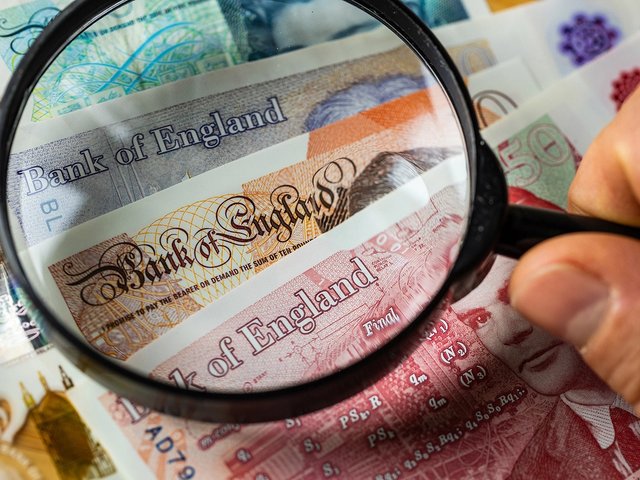As the Trump administration backtracks on obligations for businesses to disclose the true beneficiaries of deals, the UK art trade is preparing for stricter sanctions rules, due to take effect in May.
UK art market participants (AMPs) will soon be required to report immediately to the Office of Financial Sanctions Implementation (OFSI) if they know or suspect that a client or counterparty is subject to sanctions. This obligation extends to situations where a buyer or seller is added to the sanctions list after a transaction has already begun and will include freezing assets where necessary.
“After OFSI announced that the art market would be subject to mandatory sanctions reporting as of May 2025, our inbox was inundated with questions,” says Rena Neville, the head of the art division at FCS Compliance, which hosted a webinar on 7 March to “help the art market understand the practical implications of these changes”. More than 100 people attended the online session, with key questions from participants including calls to clarify which art objects are included under the regulations and whether you need to report historic transactions with sanctioned parties. Key advice issued during the discussion included to regularly monitor sanctions lists, act swiftly and to include art in long-term storage as part of compliance checks.
Disconnect in messaging
For the UK trade, this latest development introduces challenges to a market already struggling. “I think there is a disconnect between the UK government’s messaging, which seeks to prioritise growth and reduce regulatory burdens, and the realities faced by small-to-medium-sized art dealers,” says Paul Hewitt, the director general of the Society of London Art Dealers. He argues that the art market is unfairly labelled as a high-risk sector for money laundering and should be reclassified as normal risk. “Ideally, the threshold for due diligence should be raised from £10,000 to £30,000 per transaction,” he says.
That the US now appears to be taking a more lenient route could prompt greater calls for the review of current classifications of the sector. “The US Treasury’s decision not to enforce certain AML provisions marks a clear divergence from the UK and European Union, where compliance obligations continue to tighten. This could send mixed messages globally, but for UK/EU-based galleries, the direction is clear: AML (anti-money laundering) and KYC (know your customer) are now essential,” says Bethany Woolfall, the vice-president of customers at the online due diligence platform Arcarta. “We’re seeing that many international galleries—particularly those with a strong US presence, like those with spaces in New York—are voluntarily adopting UK/EU-style verification processes. This shift is driven by the need for greater transparency and security. Knowing exactly who their collectors are helps galleries safeguard transactions, reduce risk, and ensure the legitimacy of high-value sales in an increasingly global and digital market.”
Yet, while the global trend towards greater transparency in the art market may be in motion, there are still questions to be answered around the impact that these regulatory shifts will have on day-to-day operations. The New York-based adviser Megan Fox Kelly says: “The announcement hasn’t had time for proof of any ‘real-world’ implications, but I expect there will be questions as the spring auction and art fair season gets under way.”





